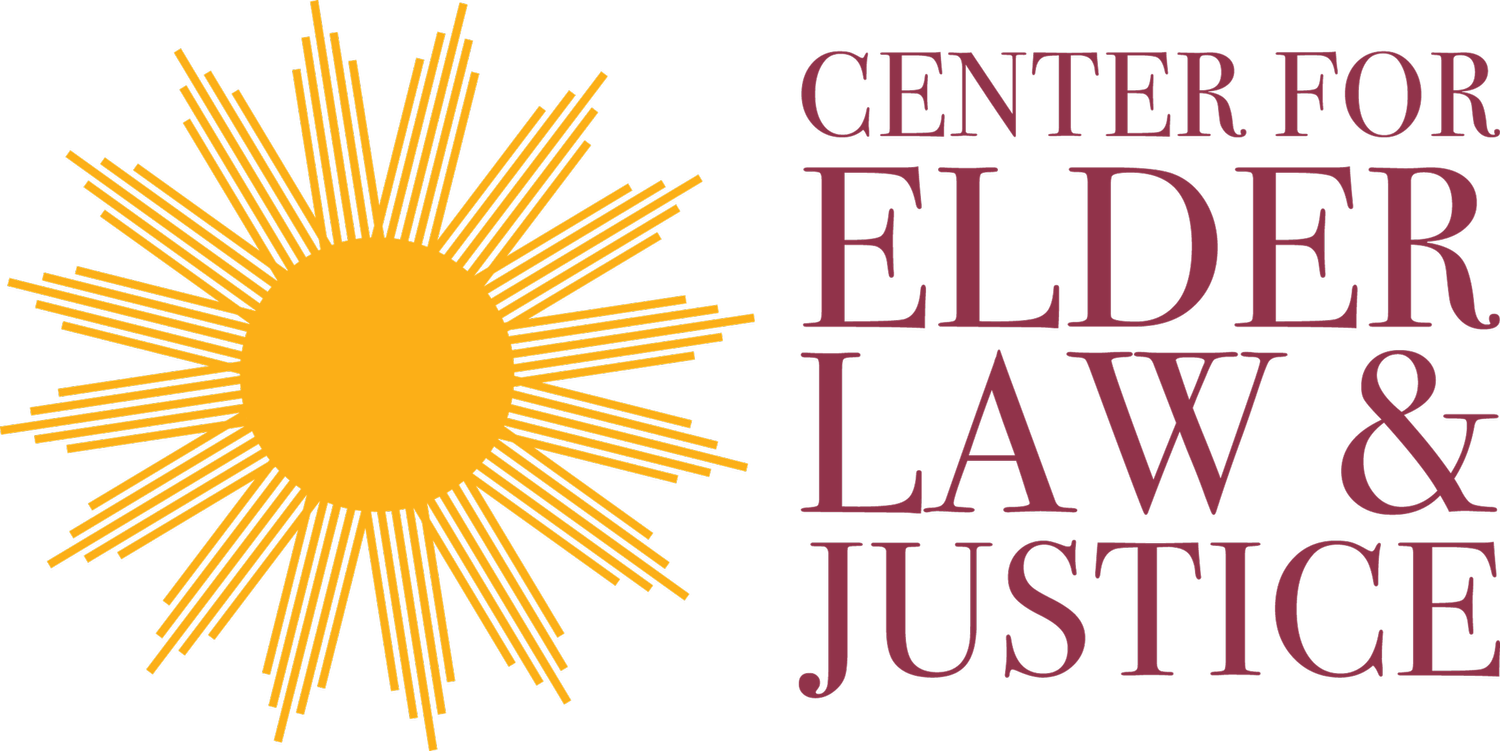Kinship Care Permanency Options - maura Graham
Kinship Caregivers, defined as the full-time nurturing or care of a child by a relative or other adult with a kinship bond, are faced with a variety of custody and permanency options. The goal of family court is always “return to parent,” meaning that the family court system is committed to helping parents gain the skills and resources they need to properly care for their children. Although the goal is “return to parent,” there are other options available when “return to parent” is not a possibility. This article focuses on the following permanency options available for Kinship Caregivers:
· Article 6 Custody/V-Docket Custody
· Guardianship
· Article 10 Custody/1017 Custodian/Direct Placement/N-Docket Custody
· Kinship Guardianship (KinGap)
· Adoption
To determine what permanency options are available for Kinship Caregivers it is important to consider whether Child Protective Services (CPS) is involved in the case. Article 6 Custody or Guardianship may be potential permanency options when CPS is not involved in the case.
NO CPS Involvement
· Article 6 Custody or V-Docket:
Article 6 custody or V-Docket Custody refers to a private order of custody or proceeding. There is no legal difference between custody and guardianship. Custody is granted through Family Court, while guardianship is granted through Surrogate’s Court. To be awarded custody of a child the parent’s parental rights are not terminated or surrendered. Kinship Caregivers may be awarded sole custody or joint custody with the child’s parents.
· Guardianship
There is no legal difference between custody and guardianship. Guardianship is a permanency option through Surrogate’s Court, and normally occurs when the child’s parents are deceased.
The other permanency options available for Kinship Caregivers occur when CPS is involved with the case. Meaning, CPS has removed the child from the care of their parents and placed the child with a Kinship Caregiver. Kinship permanency options are also dependent on whether the kinship caregiver is foster care certified. Article 10 Custody is an option for kinship caregivers that are not foster certified, and CPS is involved with the case. Kinship Guardianship or Adoption are options for kinship caregivers when they are foster certified, and CPS is involved in the case.
CPS Involvement—Not Foster Certified
· Article 10 Custody or N-Docket:
Article 10 custody is also known as 1017 custody, direct placement, or N-Docket custody. There is no legal difference between custody and guardianship. The parental rights of parents do not need to be terminated or surrendered for custody. Kinship caregivers may be awarded sole custody or joint custody with the parents.
CPS Involvement—Foster Certified
· Kinship Guardianship (KinGap)
Kinship Guardianship is commonly referred to as KinGap. The Kinship Guardianship program is available for kinship caregivers that are certified foster parents, and the child has been placed with them in foster care for six months or more. Children may be eligible for KinGap up to the age of 21. KinGap “leaves the door open” for parents to petition the court pursuant to a change in circumstance. Meaning, if a parent becomes willing and able to care for the child again, KinGap allows for the parent to petition the court to have the child placed back in their care.
For more information on KinGap you can visit the Kinship Guardianship Assistance Program handbook: https://www.ocfs.ny.gov/publications/pub5108.pdf.
· Adoption
For a Kinship Caregiver to be eligible for adoption, the caregiver must be a certified foster parent. A child is only eligible for adoption if the parent’s rights are voluntarily surrendered or terminated by the court.

